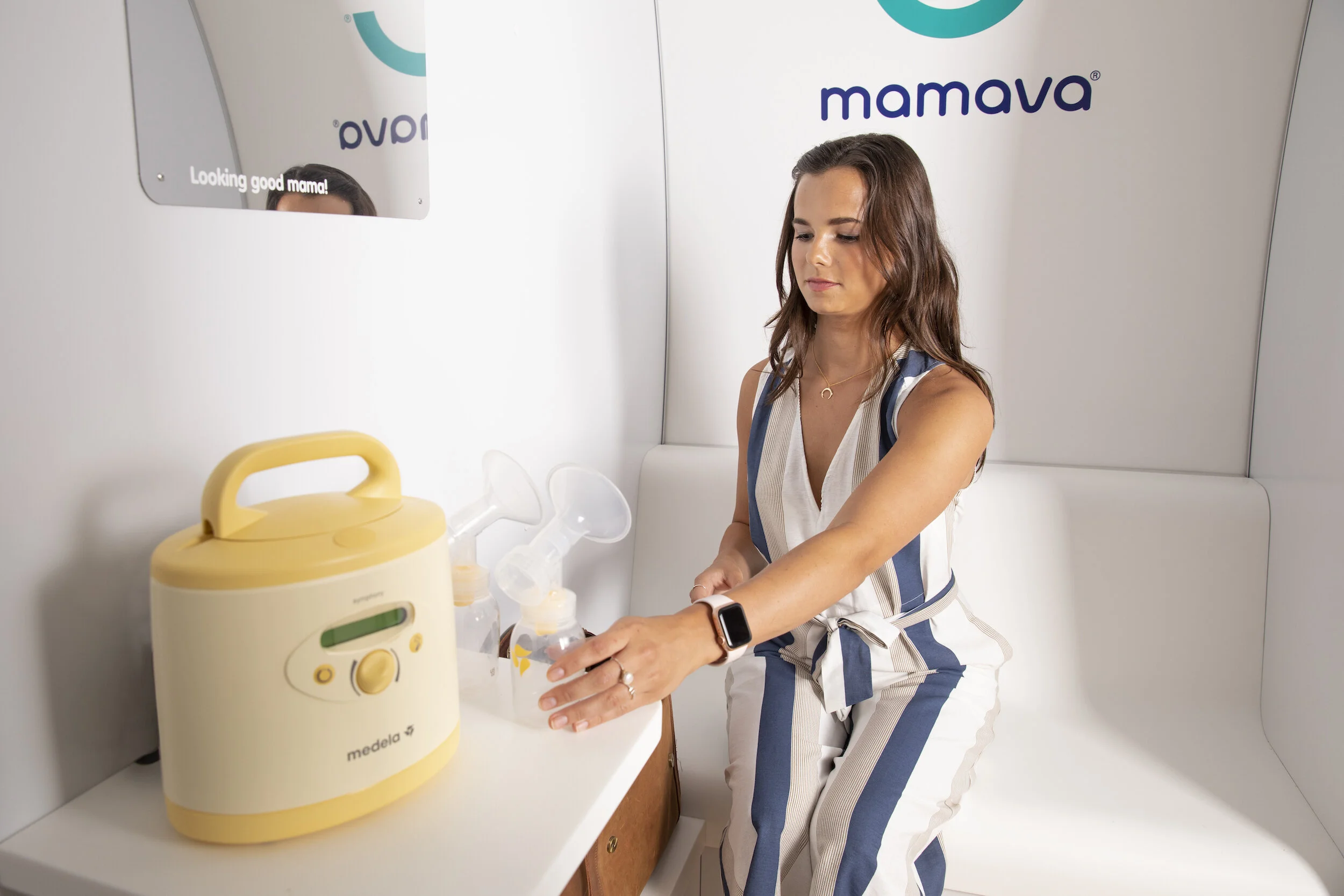Breast Milk Pumping Schedule For Going Back to Work
Returning to work after having a baby means figuring out a whole new routine (again!). If you’re also breastfeeding, it also involves some strategic schedule planning to make sure your babe has the breast milk they’ll need when you’re gone. Here’s a guide to help you prepare for bringing that liquid gold home, day after day.
Build your freezer stash
Start pumping two to four weeks before you return to work to stockpile frozen breast milk. Depending on your babe’s nursing schedule, you can pump one hour before breastfeeding or one hour after.
Pro tip: Many moms tend to have more milk in the mornings (when levels of the hormone prolactin are high), so pumping after a morning breastfeed session is often a good time.
Know how much milk your babe needs
New babes consume two to four ounces of breast milk per feed and can nurse anywhere from eight to twelve times in a 24-hour period. While the composition of your breast milk changes, the amount your babe consumes stays fairly consistent for their first six months. So, for a typical eight-hour-day, leave your baby’s caregiver with three or four four-ounce bottles of breast milk.
Pro tip: After a weekend of breastfeeding on the breast, tap into your freezer stash for Monday’s milk supply (and then pump Monday for Tuesday’s milk, etc.)
Plan a pump schedule for work
In an ideal world, you would pump as often as your babe nurses. But that’s tough—if not impossible!—when you’re also bringing home the bacon. On average, breastfeeding moms need to express milk every three hours (depending on the mom) to avoid engorgement and maintain milk supply. Schedule three pump breaks during an eight-hour workday: in the morning, at lunch, and mid-afternoon.
Pro tip: When possible, stick to your scheduled pumping sessions because skipping one scheduled lactation session can negatively impact your milk supply.
Take the time you need to pump
Every breastfeeding person is different, but on average pumping can take anywhere between 15 to 30 minutes. Depending on how close your lactation space is to where you work, you may also need to factor in time for travel (plus a quick pump clean-up) when you are scheduling a pumping session.
Pro tip: Being comfortable and relaxed helps with letdown, so look at pics of your babe and listen to soothing music (Mamava’s app includes “Sounds for Letdown”).
Mamava designs solutions to empower breastfeeding and pumping parents on the go, like our freestanding lactation pods, Mamava’s lactation space locator app, and other helpful resources.
More parent resources













